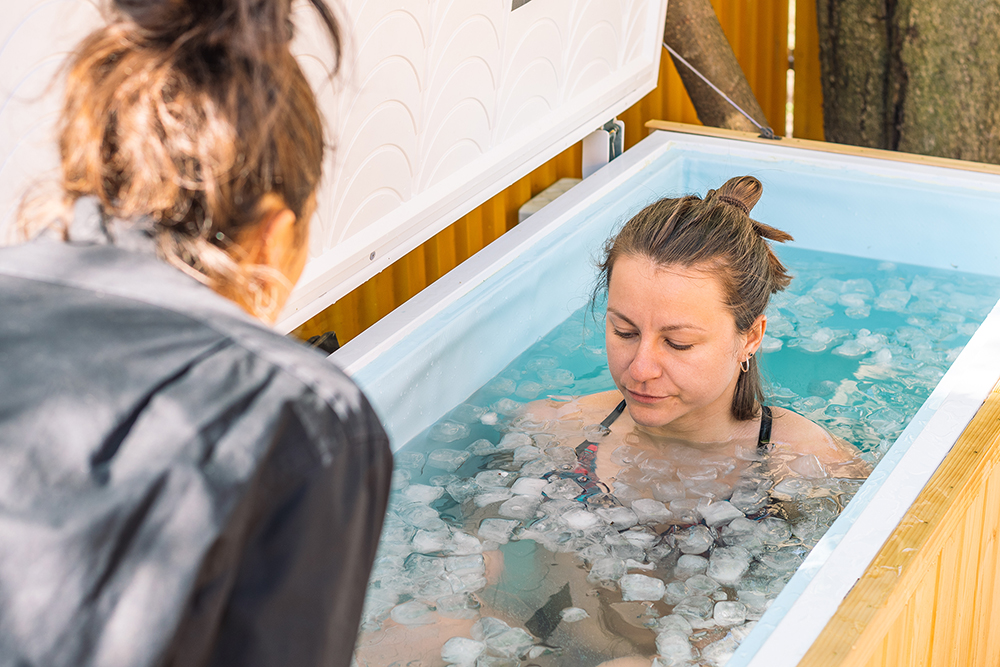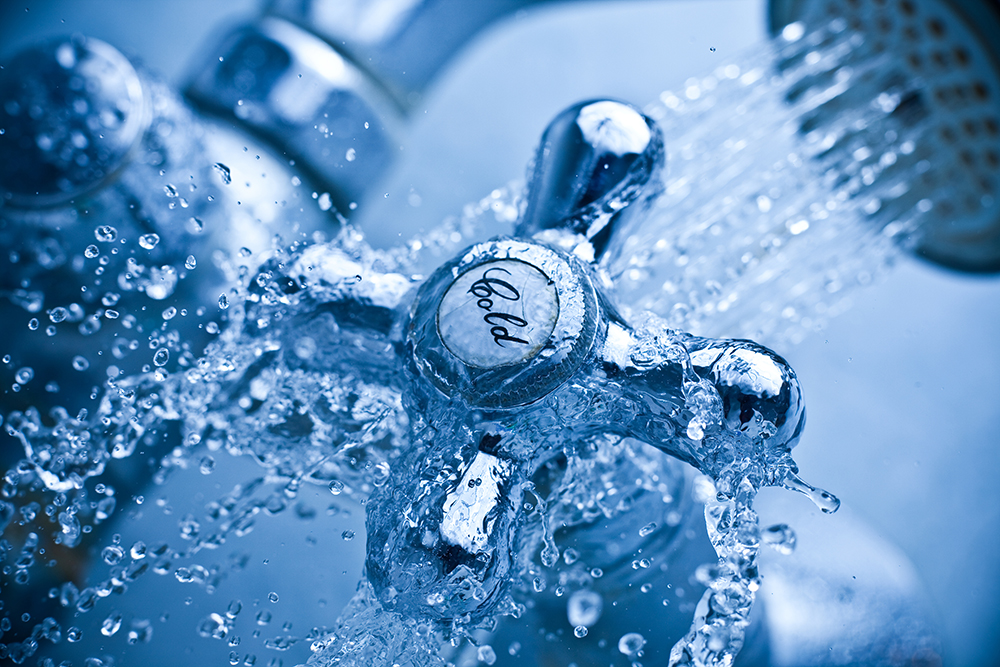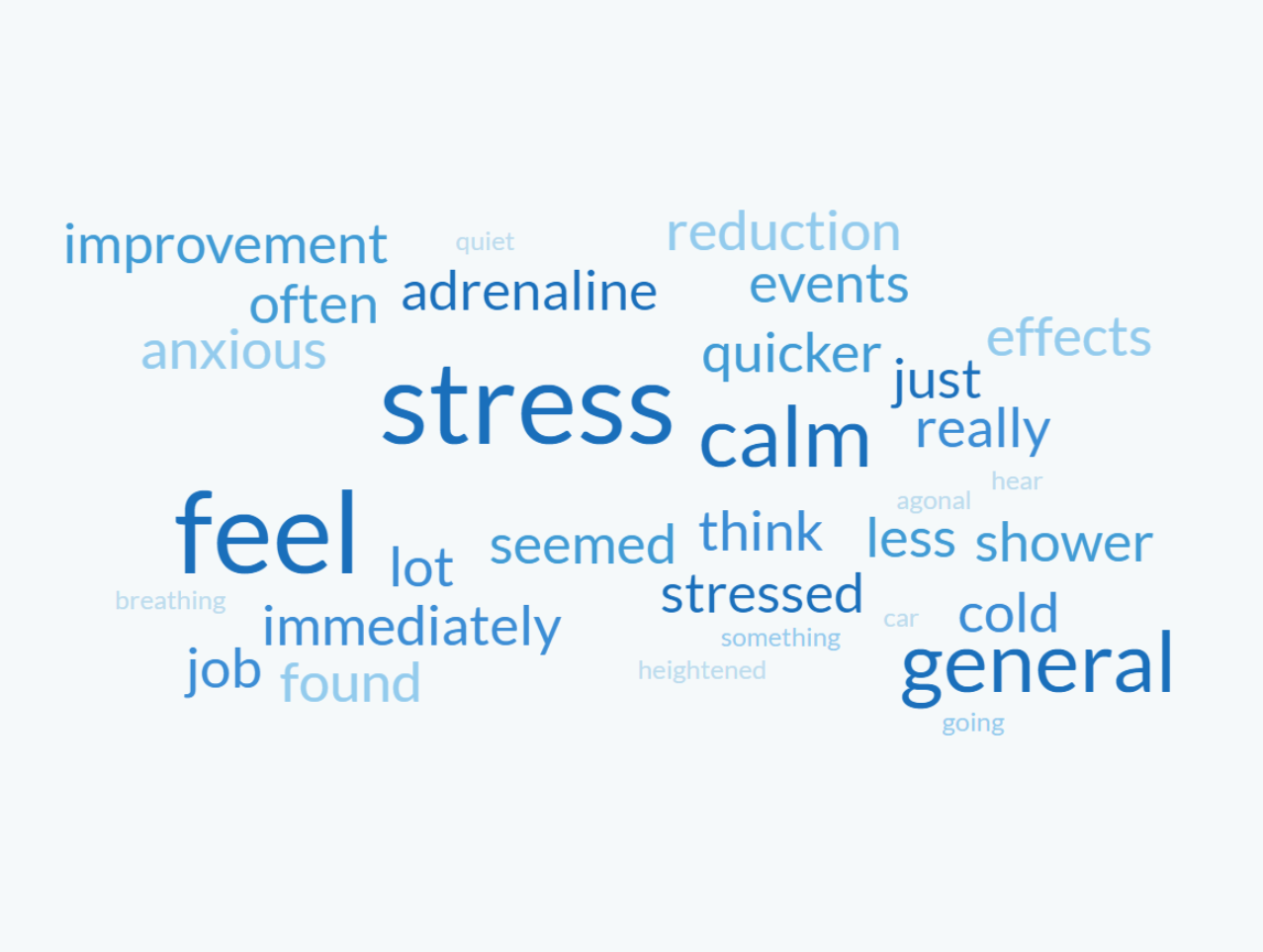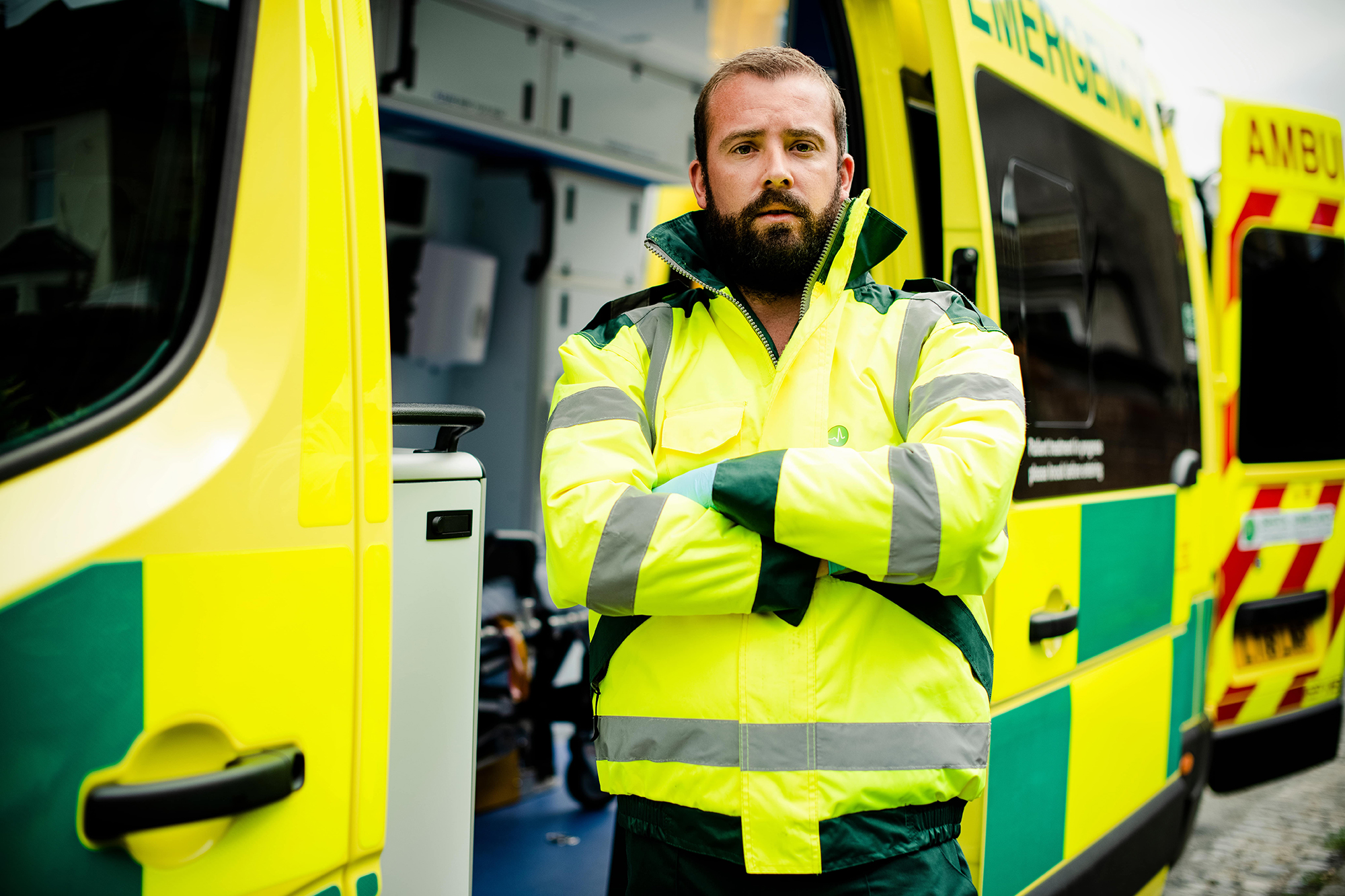
Lewis Shelley
I am a paramedic with eleven years frontline experience. Over the past five years I have developed a passion for HF/E and am interested in integrating this into frontline clinical practice to affect positive system change.

I am a paramedic with eleven years frontline experience. Over the past five years I have developed a passion for HF/E and am interested in integrating this into frontline clinical practice to affect positive system change.

Cold-Water Immersion (CWI) has had a recent surge in popularity as a therapeutic intervention for one’s mental health, mood and stress. The body of research is still growing but, what has been established so far is that CWI can positively affect one’s mood and stress, however the magnitude and consistency of the impact is unknown. This study sought to explore and evaluate the impact that CWI had on the mood and stress of pre-hospital clinicians.


This study used a mixed-method approach. Participants (N=18), completed three, ninety-second cold showers per week, for four weeks, at the coldest tap setting possible. While in cold showers, participants would attempt to recall emergency clinical protocols, to mimic recall during a high-stress emergency, as cold water induces an acute stress response. All participants completed a Positive And Negative Affect Schedule (PANAS) and a survey – ten participants took part in a semi-structured interview about their experiences and the CWI effects.
The PANAS scores show a statistically significant improvement in Positive Affect with a median increase of nine (out of forty) but no difference in Negative Affect. In the survey responses, eighty-nine percent (N=16) reported a positive improvement in mood, with fifty percent (N=9) reporting a moderate positive impact. Eighty-three percent (N=15) reported a positive improvement in chronic stress, with fifty percent (N=9) reporting a slight positive impact. Seventy-two percent (N=13) reported a positive improvement in acute stress, with fifty percent (N=9) reporting a moderate positive impact. One hundred percent of participants would recommend CWI to others and ninety-four percent (N=17) will continue with the practice. In summary, most participants noticed some positive effects.


The semi-structured interviews were analysed using Thematic Analysis. Four themes were identified: Improved Resilience, Enhanced Wellbeing, Invigorating Effects and Professional Development, with eight sub-themes. Participants described a multitude of effects, such as improved mood, increased energy levels, a greater ability to focus, and enhanced stress control during clinical emergencies.
The study achieved its aims and objectives, providing insights into the efficacy of CWI, its effects and their reliability. The results were promising, with most participants reporting positive effects. The mechanism by which CWI achieves its effects on mood and stress is not proven, but several explanations exist. The most prominent explanation is that the physiological and bio-chemical effects that intense CWI produces – an increase in adrenaline, nor-adrenaline and dopamine – produce positive mood change. Furthermore, the positive effects on stress could be the result of the participants gradually acclimatising to the sympathetic activation that CWI induces, which results in the acute stress sensation being reduced in clinical emergencies.

Although the results are promising they need to be considered in context. The cohort size is small, and the CWI showers were self-administered, which limits consistency and oversight, reducing reliability in the protocol and results. However, the most compelling finding which illuminates the results and confounding factors alike is that one hundred percent of participants would recommend CWI to others and ninety-four percent will continue with the practice. CWI is an accessible and sustainable tool that shows potential for positively impacting the mood and stress of pre-hospital clinician.
Considering the need, this research highlights CWI as an excellent candidate to address this issue, and further research should seek to interrogate the effects found here.
